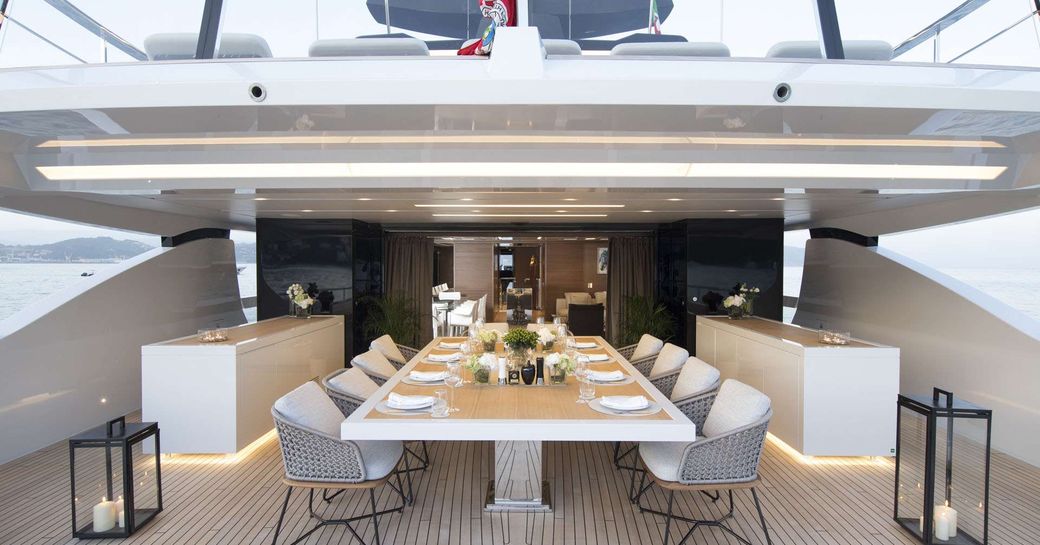Luxury real estate is an industry that has been around for centuries, dating back to ancient times when kings, queens, and emperors owned sprawling estates and palaces. Over the years, luxury real estate has evolved and adapted to changing economic, social, and cultural trends, becoming a symbol of wealth, power, and status.
Early luxury real estate was primarily owned by royalty and aristocrats in ancient times. In Egypt, the pharaohs built opulent palaces and tombs that showcased their wealth and power, while in Rome, the emperor Nero built a massive palace known as the Domus Aurea, or Golden House, that featured lavish gardens, frescoes, and sculptures. In medieval Europe, castles and chateaus were the ultimate symbols of power and wealth. The nobility built these imposing structures to defend their territories and impress their peers. The Chateau de Versailles, built in the 17th century by King Louis XIV of France, is perhaps the most famous example of luxury real estate from this era.
The rise of luxury real estate in the modern era began in the 19th and early 20th centuries, as mansions and estates became popular among the industrial barons and tycoons of the day. These properties featured amenities such as ballrooms, swimming pools, and private gardens, and were often located in exclusive neighborhoods. In the mid-20th century, luxury real estate began to take on a new form as developers created high-rise condominiums and apartments in urban centers. These properties offered the convenience of city living with the luxury amenities of a private home, such as 24-hour security, concierge services, and private elevators.
The globalization of luxury real estate has been a more recent development, as the world’s wealthiest individuals now own properties in cities and countries around the world, creating a truly global market for luxury real estate. From penthouses in New York City to villas in the south of France, luxury properties are sought after by buyers from all corners of the globe. As technology continues to evolve and the world becomes more interconnected, the future of luxury real estate is likely to be shaped by innovation and new trends. We may see the rise of new forms of luxury living, such as eco-friendly properties and high-tech smart homes. We may also see new luxury markets emerge as the global economy shifts and new centers of wealth and power emerge.
In conclusion, the history of luxury real estate is a reflection of the changing times and shifting cultural values. From ancient palaces to modern high-rise apartments, luxury real estate has always been a symbol of wealth, power, and status. As the world continues to evolve, we can expect luxury real estate to evolve and adapt to meet the changing demands of the world’s wealthiest individuals. The industry will likely continue to grow and change as new technologies and trends emerge, offering new opportunities for investors and buyers alike.



